Our first stop after leaving Tana was the Anjozorobe-Angavo protected area, near the village of Anjozorobe. The village is about 90km north-northeast of Tana, in Madagascar's large central plateau. The terrible road from Tana is mostly paved until you reach the village. (By "mostly paved" I mean that on average, at any spot along those 90km, often at least half of the road surface is still technically intact.) After that there's another 10km or so of even more terrible clay/mud road that leads to the protected area and adjacent lodge. Fortunately we had learned to entrust our driver Joshua with our lives for three hours on the "paved" part of the road, so the final hour on the clay/mud road, which would have terrified novice passengers, barely raised our eyebrows. We had arrived at a Madagascar forest, and we were ready to find us some wildlife.

I'll start my account of this site and most subsequent sites with some insects and other invertebrates, which should annoy José. I know this because every time he saw me photographing an invertebrate he would mutter some variation of "John, John, John" in descending tones, while dramatically slumping his shoulders and adopting a severely disappointed expression. Sometimes he would accompany this with a heavy sigh. Obviously, this just made me want to photograph more invertebrates. Here are a handful of my favorite invertebrates from Anjozorobe.
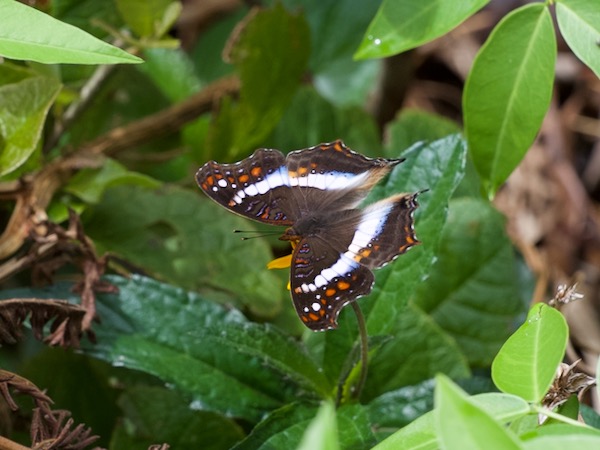
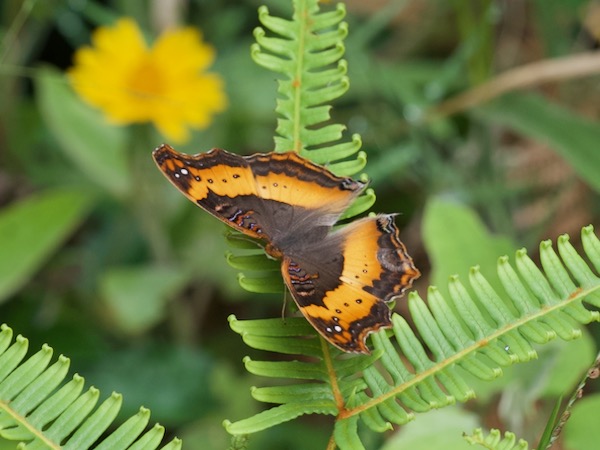
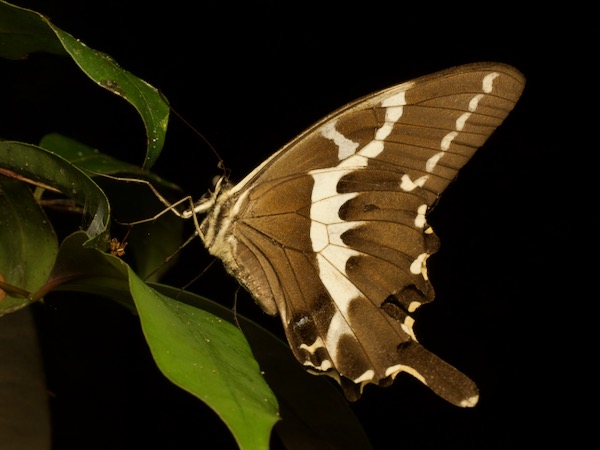
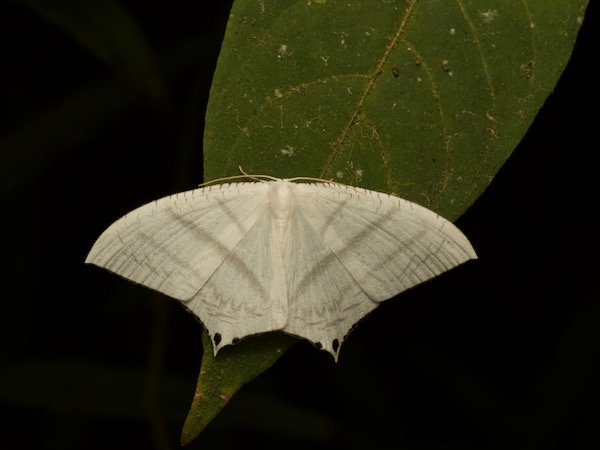
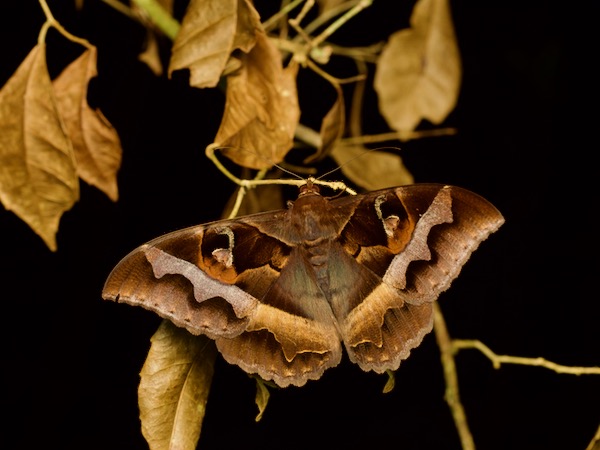
In the lodge's dining area, the curtains and wooden balcony collected an assortment of interesting moths and other critters overnight.
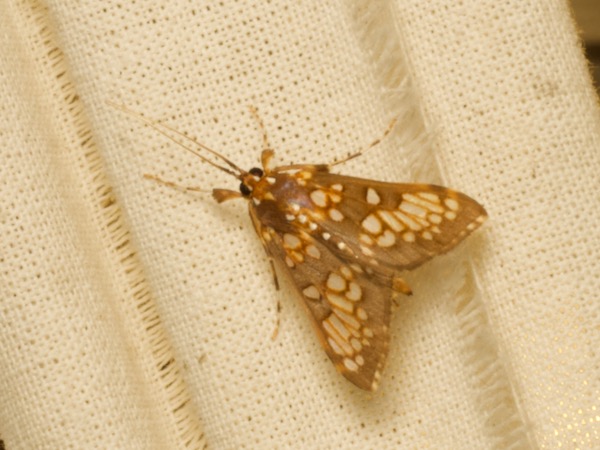

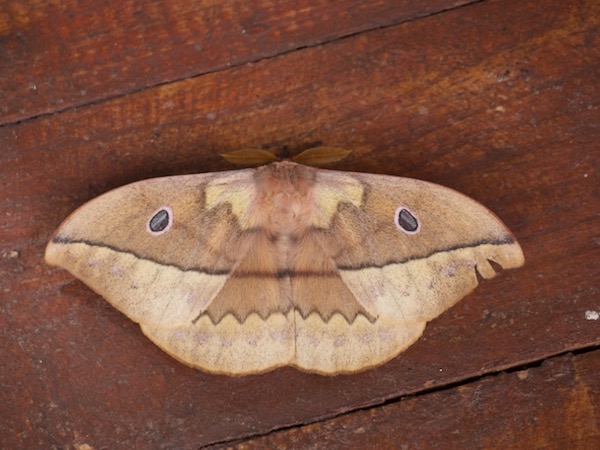
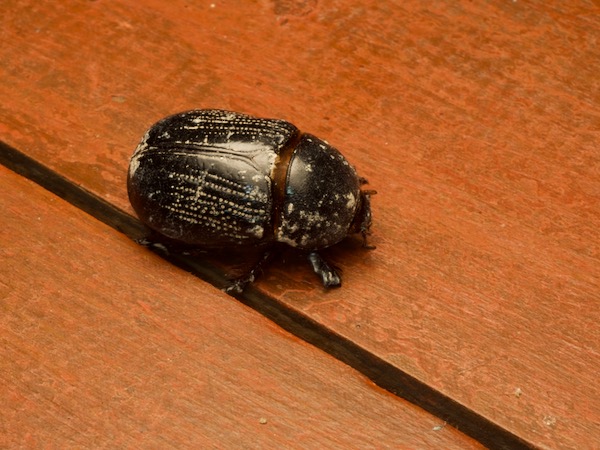

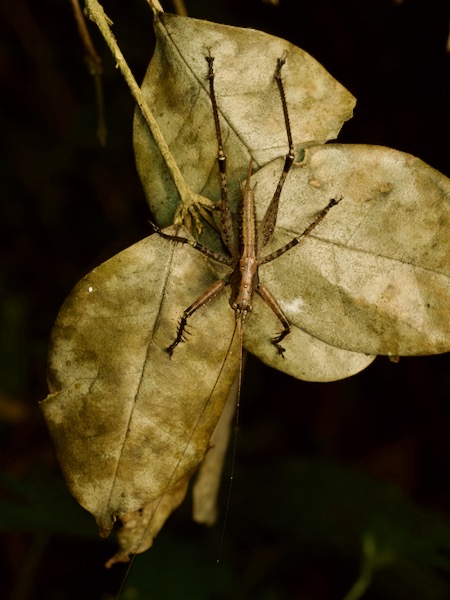
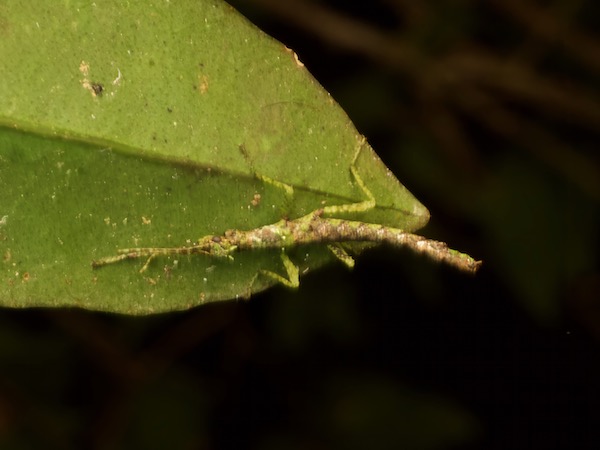
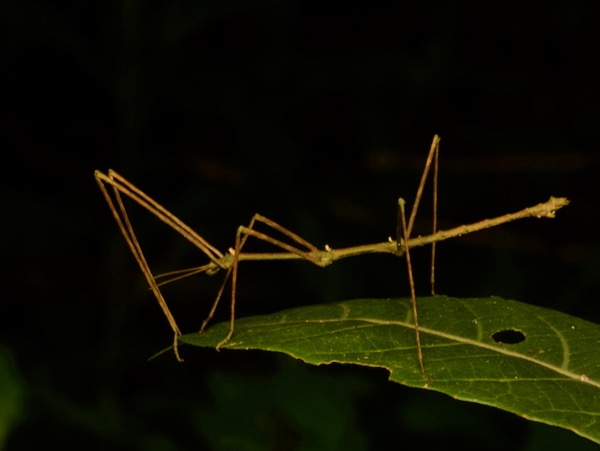



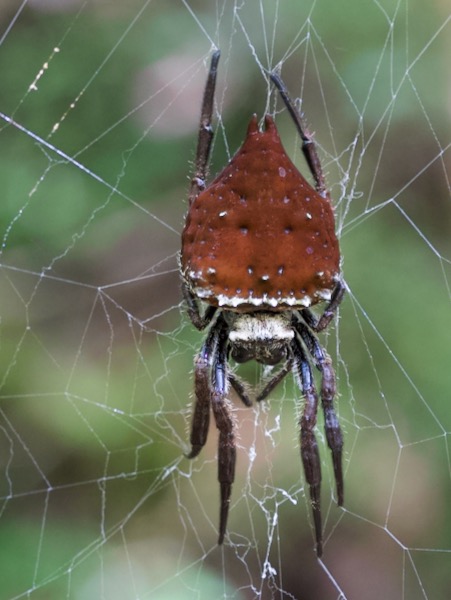

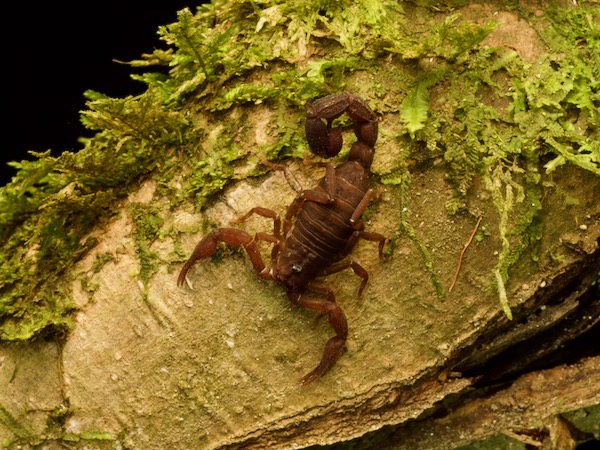
We saw a few birds at Anjozorobe-Angavo, but not many. And the ones I saw all did that bird thing of perching in plain sight until a camera was aimed at them, then flitting off and landing somewhere obscured by vegetation. This is one of the reasons that herps are better than birds.



Anjozorobe-Angavo is home to many lemur species, but I saw only one of them, the itty-bittyest one.

We saw fewer frogs here than at our other rainforest destinations, but even so we saw a pretty good number of frogs.
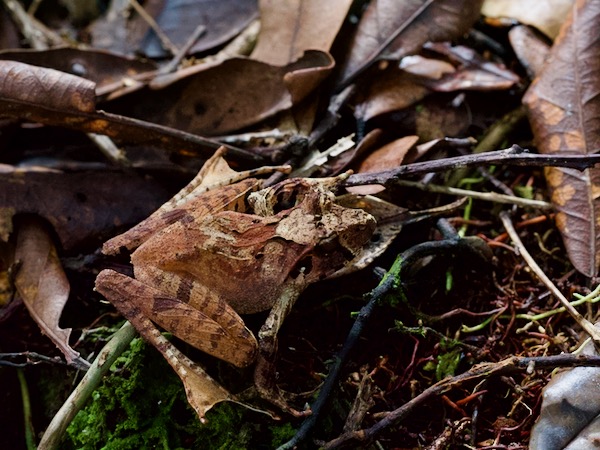
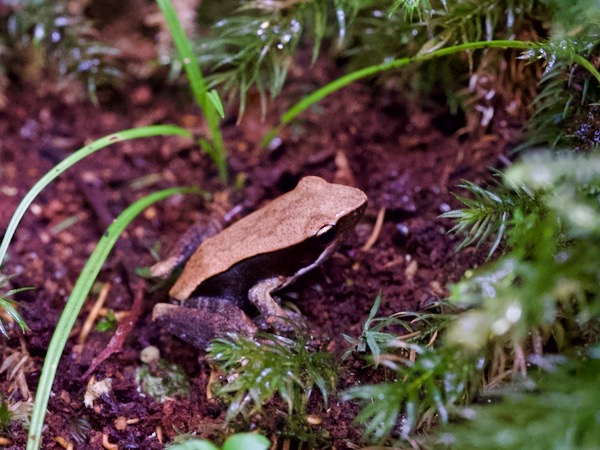
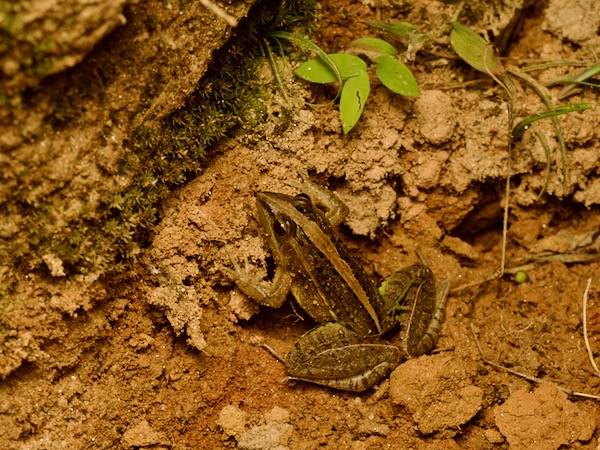
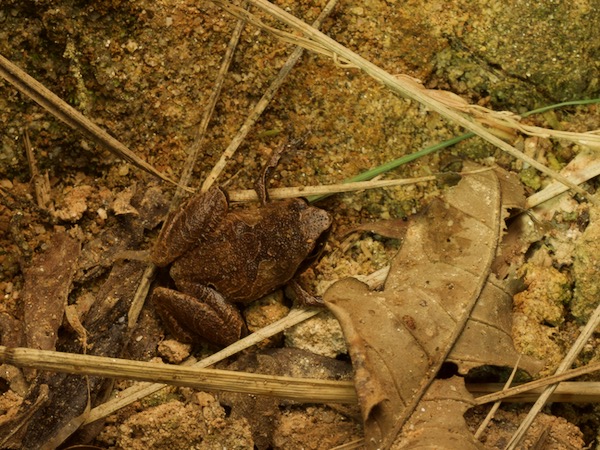
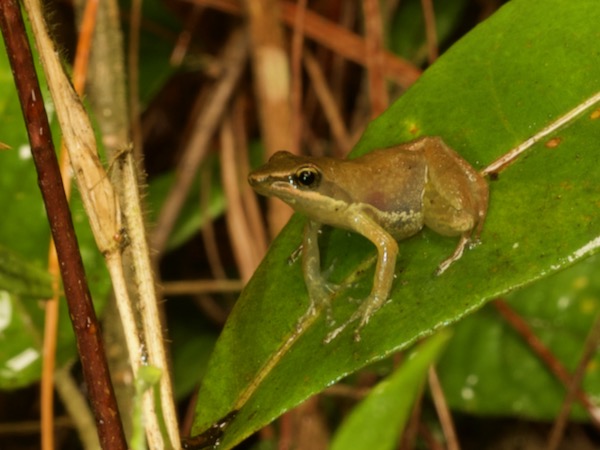
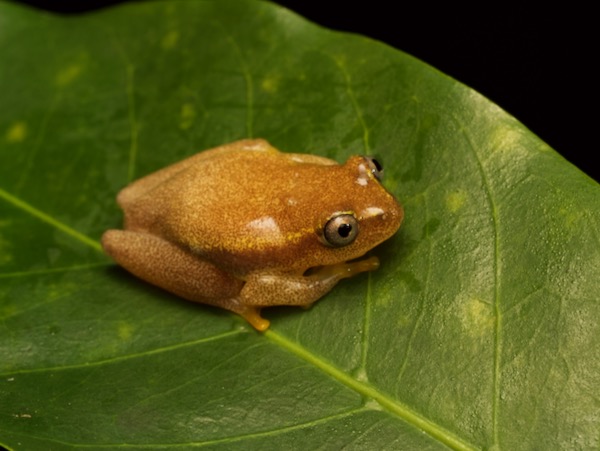
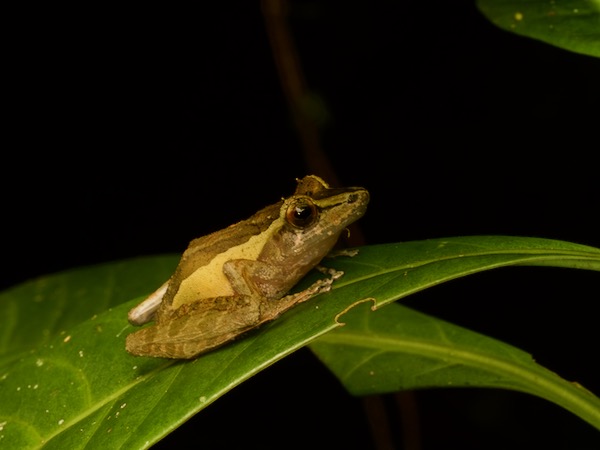
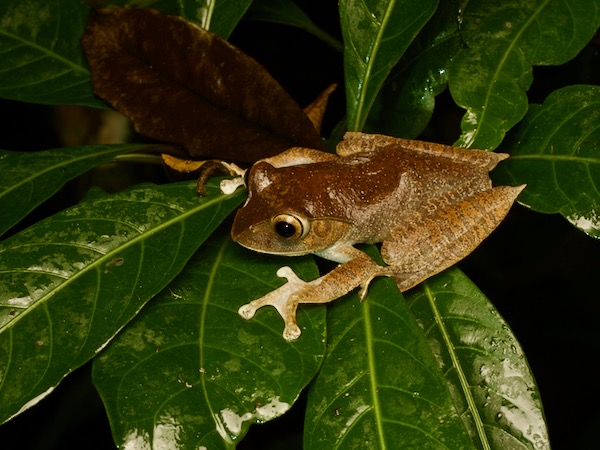
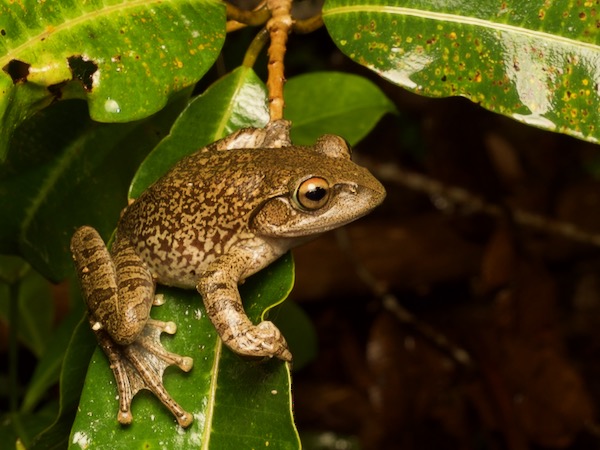
Anjozorobe provided an excellent (re-)introduction to the rainforest lizards of Madagascar, starting with the abundant chameleon Calumma gastrotaenia. Though all of Madagascar's chameleons are diurnal, they are much easier to find at night, because their bodies reflect light very distinctively compared to the surrounding vegetation. We were in this forest for two nights and one day. I think we saw two Calumma gastrotaenia during the day, and dozens at night. I of course felt compelled to photograph every chameleon I saw, which earned me some grief from José, but I won't force you to look at all of them here. Just a dozen or so!


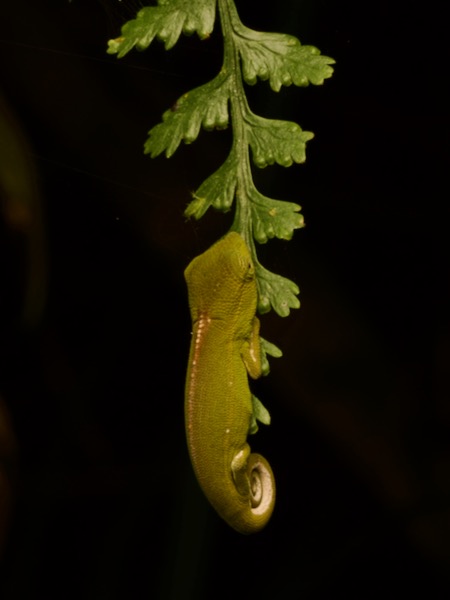
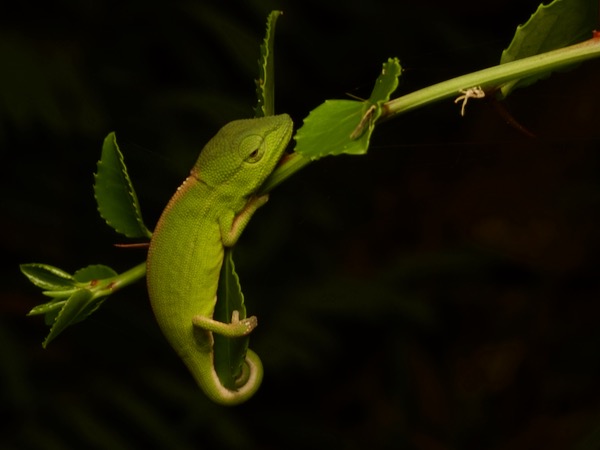
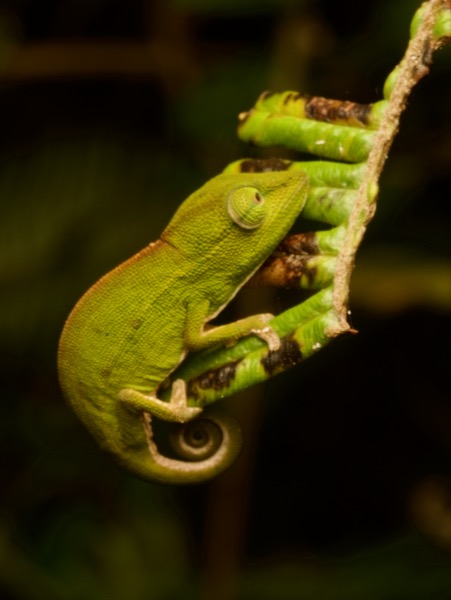

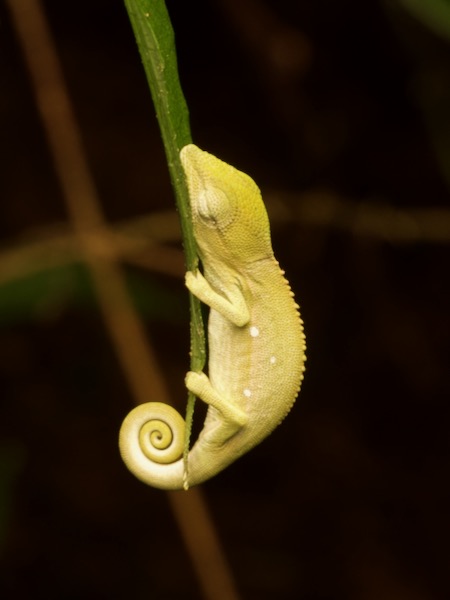
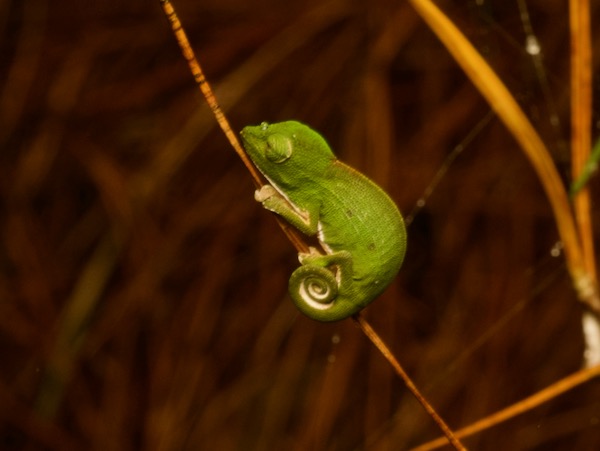

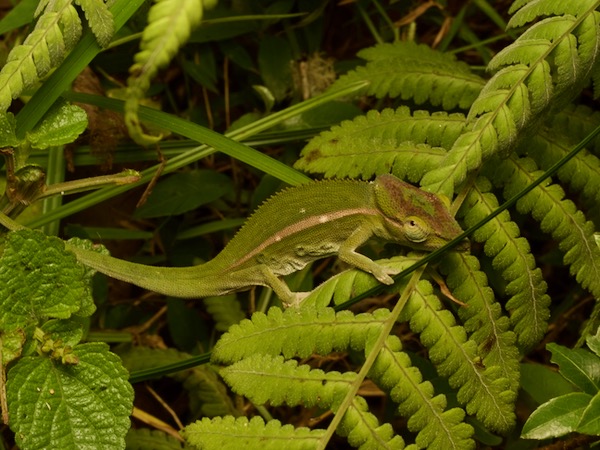

After Calumma gastrotaenia, the chameleon in this area that we most frequently found was the Cryptic Chameleon, Calumma crypticum. I saw about twenty of these in our limited time at Anjozorobe. This species is sometimes called the Blue-legged Chameleon because adult males often have at least a trace of bluishness on, you guessed it, their legs. This species is very similar to the Short-horned Chameleon Calumma brevicorne, and was once considered part of that species; the bluish legs are one of the few clues that distinguish them.

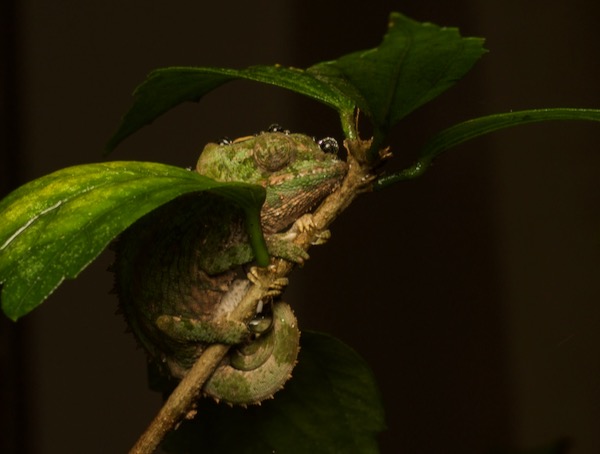
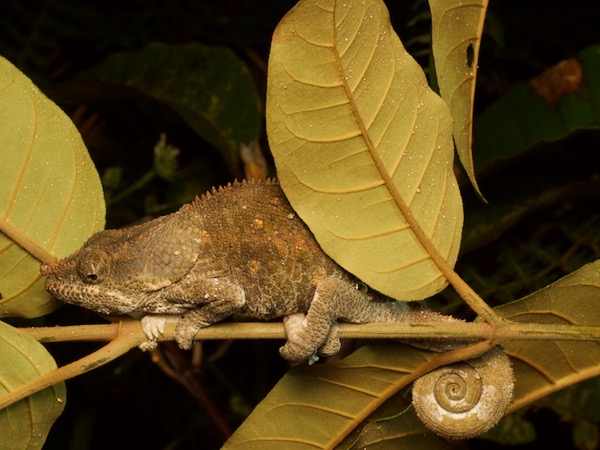


Calumma nasutum is a small species with a silly-looking rostral appendage (i.e. "soft nose horn") that was one of the first chameleons to be described in Madagascar, way back in 1836. Since then, many other small species with silly-looking rostral appendages have made their way into the herpetological literature. This trend has accelerated sharply in recent years, with several new species in this group described since 2020. So nowadays when you find a small chameleon with a silly-looking rostral appendage, it can take a lot of research to figure out which species it is, and sometimes a photograph isn't enough to make things clear even to the experts. This is all preamble to me telling you that I saw exactly one such chameleon at Anjozorobe, and its species is still a mystery. (Not to worry though, we saw many many more chameleons in this group elsewhere.)
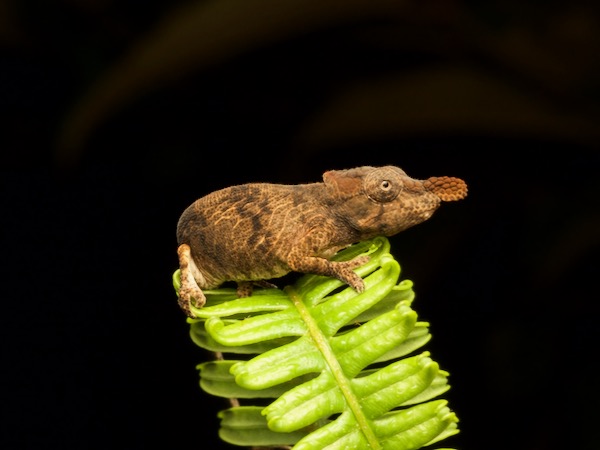
While most chameleons spend nearly all of their time in bushes, shrubs, and small trees, the very small chameleons in the genus Brookesia spend most of their days slowly crawling around on the ground looking for tiny bugs upon which to snack. They generally have incredibly good camouflage in the leaf litter, and are extremely hard to find by day. Fortunately for those of us who want to see them, most of them climb up into low vegetation at night to sleep, where they are much easier to find. We saw two species of Brookesia at Anjozorobe.
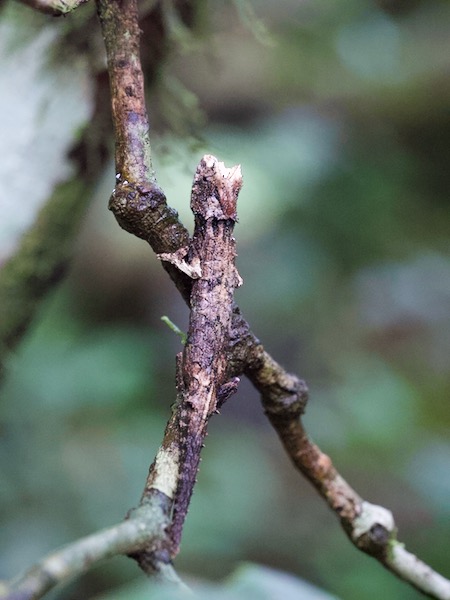
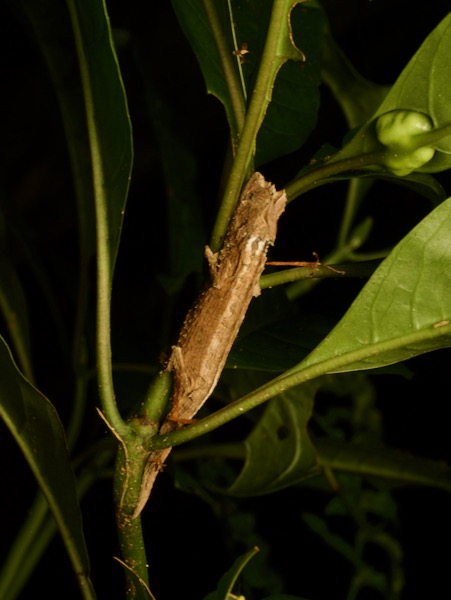
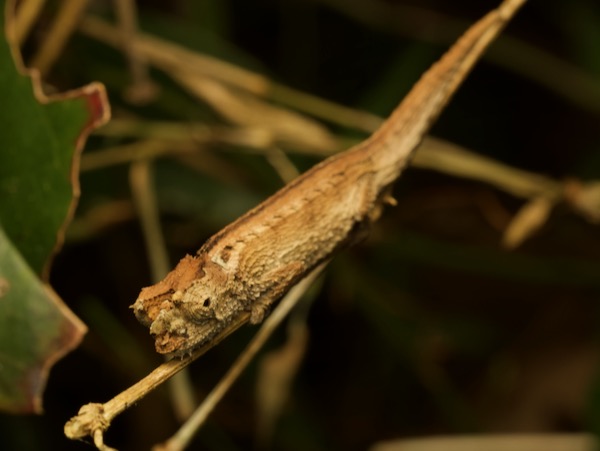

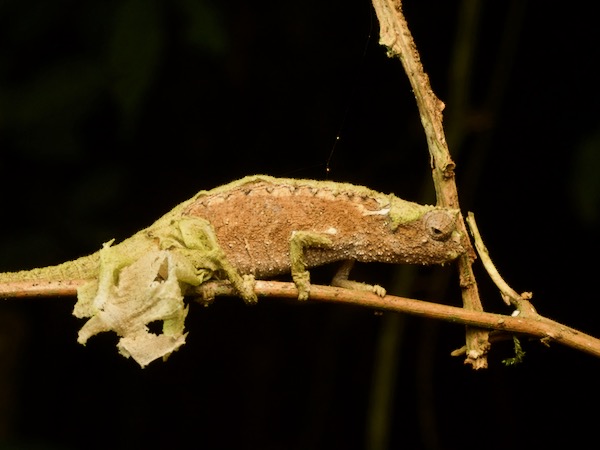
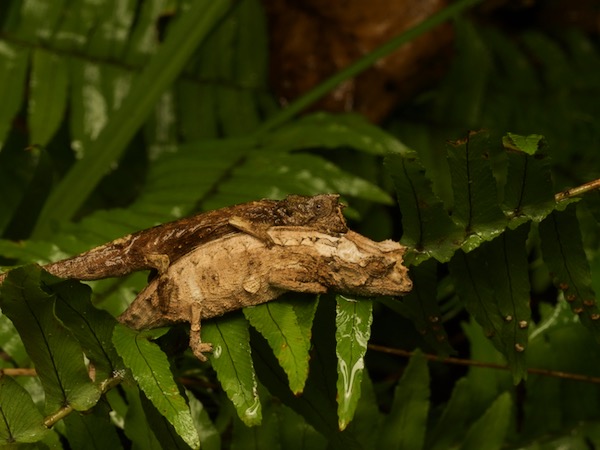
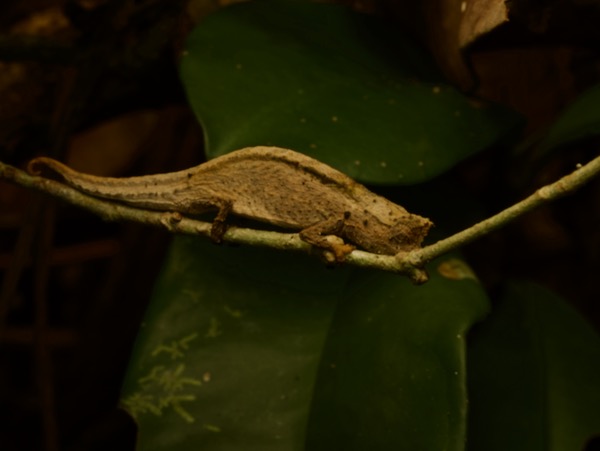
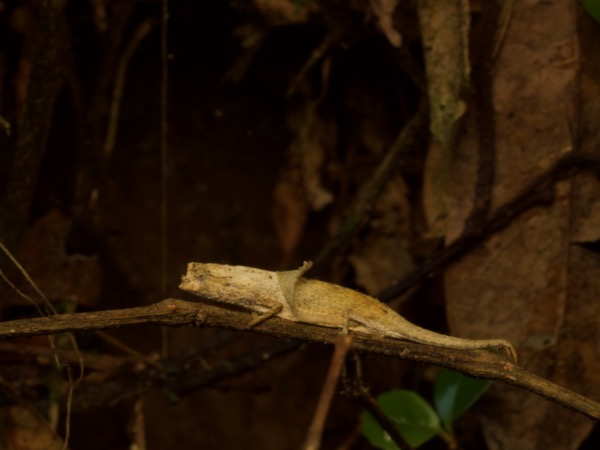
I saw only a few skinks at Anjorozobe, all of them the same species, and all of them hanging out on or around the lodge. Skinks are not really a strong point of Madagascar's lizard fauna, though we did see some excellent ones later on. If my goal was to see a lot of different skinks, I would have gone back to Australia instead of going back to Madagascar.
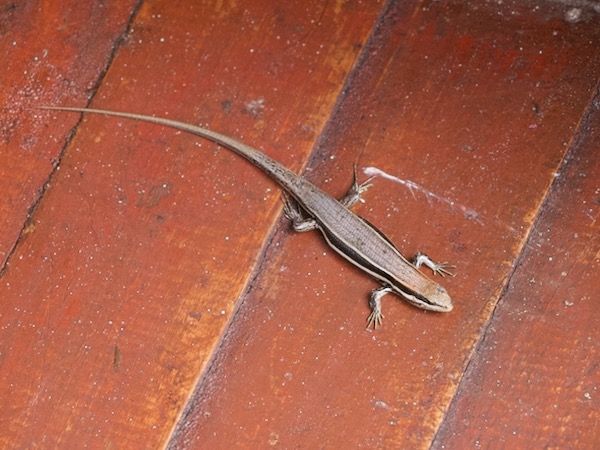
We didn't see too many geckos at Anjozorobe compared to some of our other destinations, but we did see several individuals of one of the very best gecko species.
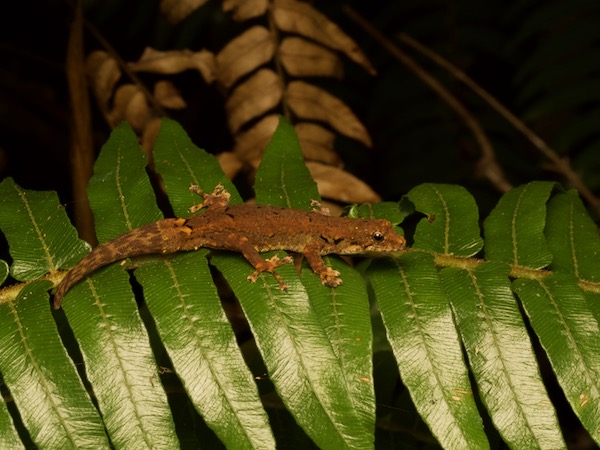




Next: Andasibe